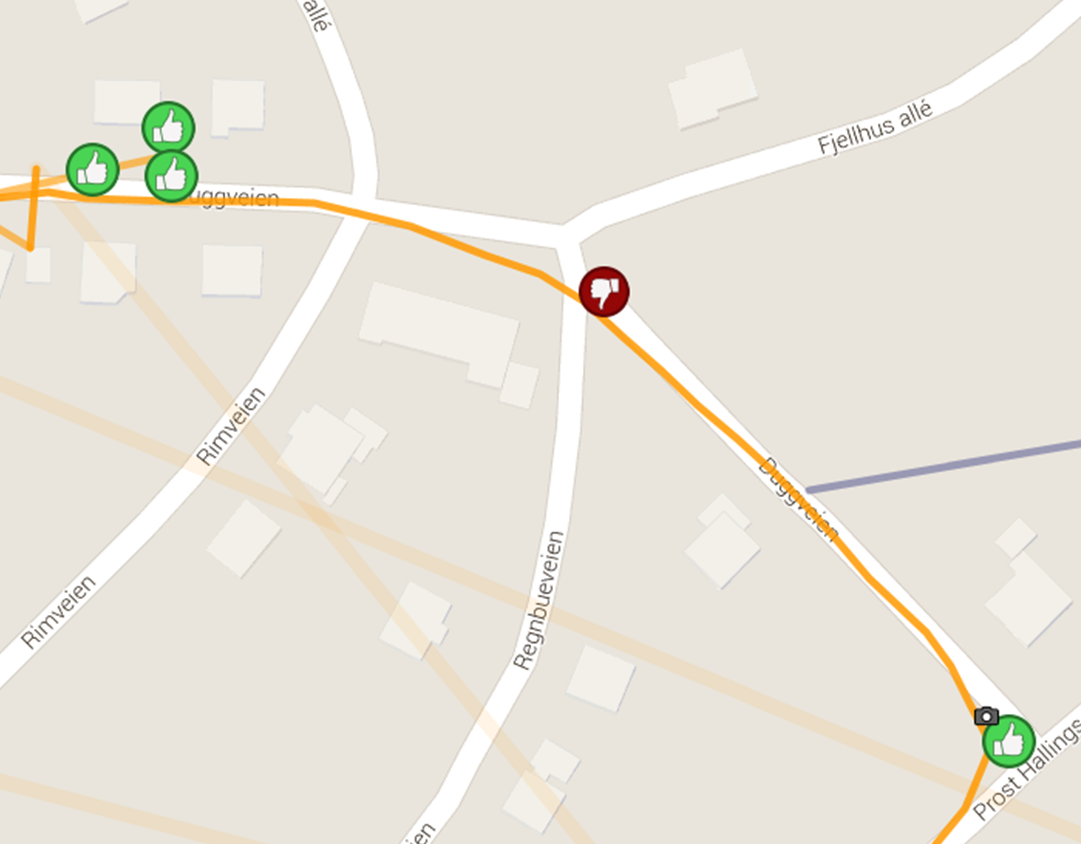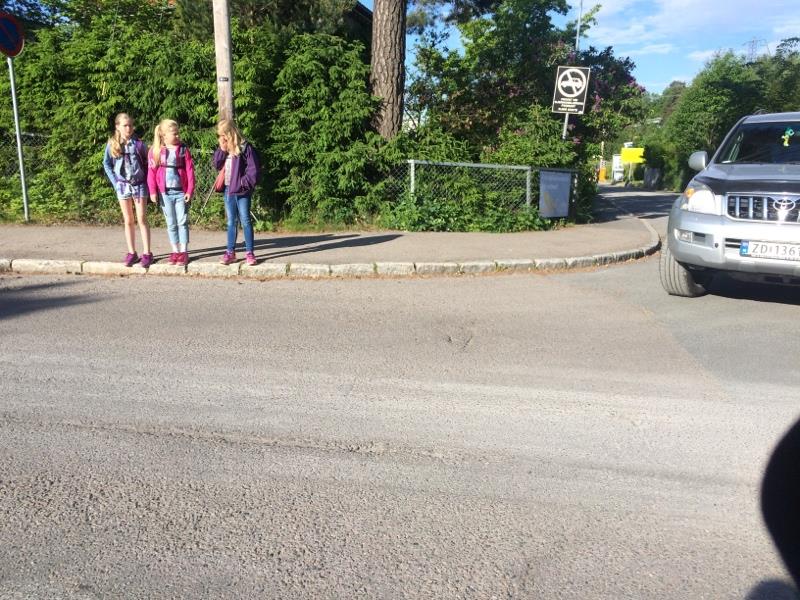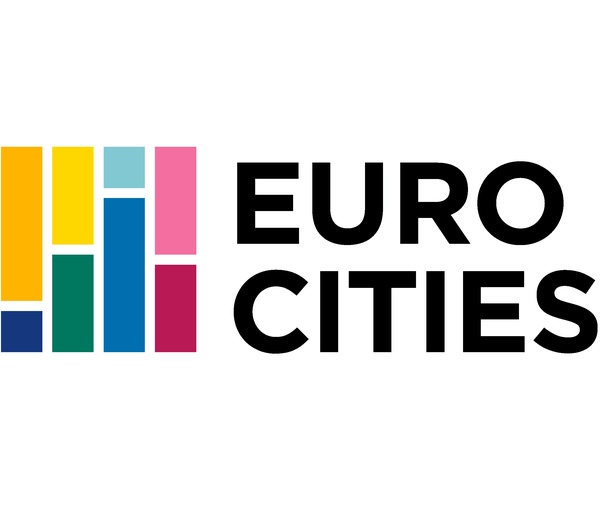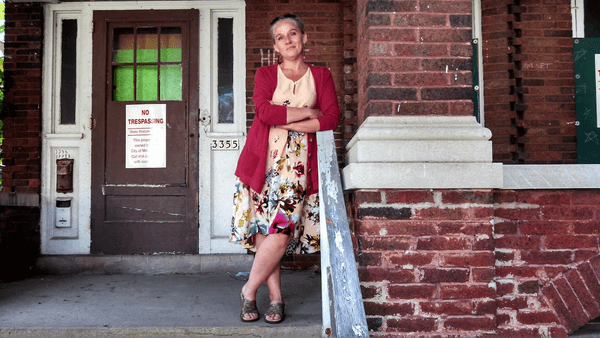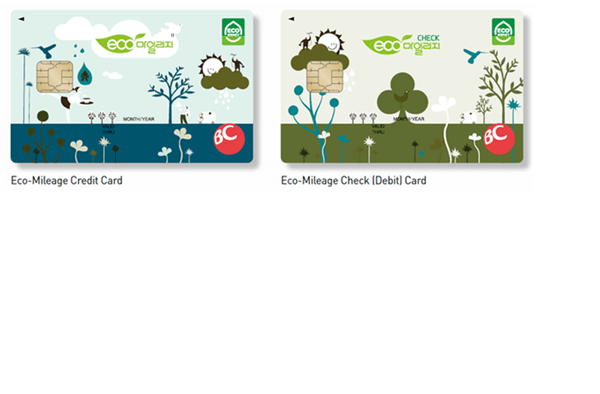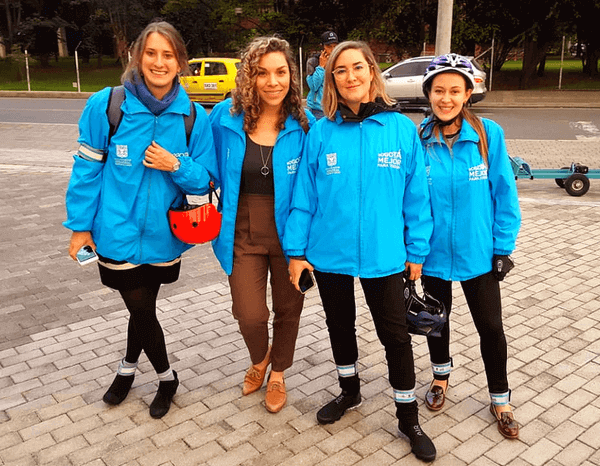City
Oslo
Main actors
City Government, Private Sector
Project area
Inner City
Duration
Ongoing since 2013
Oslo has turned to mobile technology to tackle traffic security issues affecting parents’ willingness to let their children walk to school. Its pioneering app, ‘The Traffic Agent’, provides child’s eye feedback to enable improved road maintenance and infrastructure planning.
The Traffic Agent is a mobile app to determine road maintenance needs. It targets primary school children, who are some of the most active walkers in Oslo. Using a ‘gamification’ approach, children can report dangerous spots or problem areas on their way to and from school. This data is fed into the Agency for Urban Environment’s traffic and technology section, which uses it to prioritise road maintenance needs for the next year’s budget. The app allows children to input anonymously, although data can be filtered by class, school and district. It uses a voice and animations to guide them through the process. The data can be used in class to discuss the safest route to school.
Originally published by EUROCITIES, the network of 130 European cities - PDF: http://nws.eurocities.eu/MediaShell/media/CitiesInAction_TrafficAgent_Oslo_Jul16.pdf
Eurocities Awards
This project was shortlisted for the 'Eurocities Awards' in 2015 in the following category: Innovation.
On Map
The Map will be displayed after accepting cookie policy
